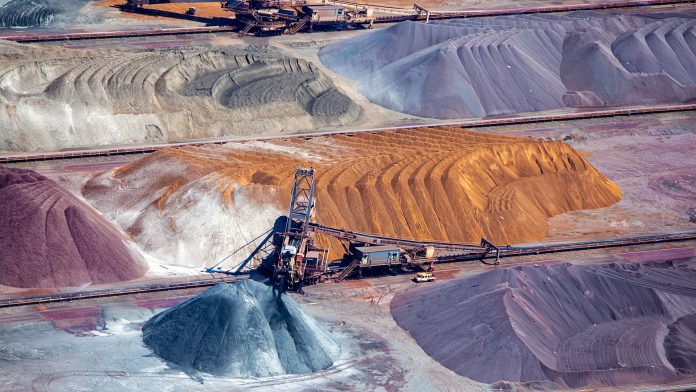Researchers have discovered a geological ‘Goldilocks zone’ for the formation of metal ore deposits, which could result in the targeted mining of metals that will be necessary for our transition to a green economy.
The team has discovered a ‘Goldilocks zone’ for the creation of metal ore deposits at the base of the Earth’s crust where the temperature is an optimal 1000°C for metals to be carried to areas near the surface, where they can be mined.
Towards the green economy
The important metals that can be mined through this mechanism include copper, cobalt, tellurium, and platinum, which are all in high demand for their applications in electrical wiring and technologies such as like battery storage devices, solar panels and fuel cells.
The researchers’ results have been published in Nature Communications.
The team is optimistic that their findings could result in more targeted, less expensive, and more sustainable practises to explore and extract these metals that are crucial to for the transition to a green economy.
Accessing inaccessible metals
These metals are predominantly situated in the Earth’s mantle, which is a thick layer of rock sitting in between the core and the crust, at depths of over 25km, making them inaccessible for exploration.
In specific locations, however, a natural process can bring these metals to the surface through the flow of magma, that originates in the mantle and rises up towards the crust.
This mechanism has been understood by geologists for some time, but it has only been with this latest research that the journey of metals to their final destination has been been certain.
In this novel study, the team detected a temperature dependent zone, situated at the base of the Earth’s crust, which plays the role of a valve and periodically enables the metals to travel upwards to reach the upper crust.
Forming metal ore deposits
“When magmas reach the base of the crust the critical metals often get trapped here and cannot reach the surface if the temperature is either too hot or too cold.
“As with Goldilocks, we have discovered that if the temperature is ‘just right’ at around 1000°C, then metals like copper, gold and tellurium can escape the trap and rise up towards the surface to form ore deposits,” explained study co-author, Dr Iain McDonald.
The research is a section of the NERC-funded FAMOS project (From Arc Magmas to Ore Systems), and involved participation from Cardiff University, Leicester University, the University of Western Australia and the international mining company BHP.
Professor Jamie Wilkinson, of the Natural History Museum, London, and who is the Principal Investigator for the FAMOS project, concluded: “This paper represents a fantastic piece of work from the project team that sheds new light on magmatic processes that operate deep in the Earth’s crust but which exert a first-order control on the accessibility of critical metals for humankind. The results will enable more targeted mineral exploration, thus lowering the environmental footprint associated with the discovery and extraction of green metals.”





